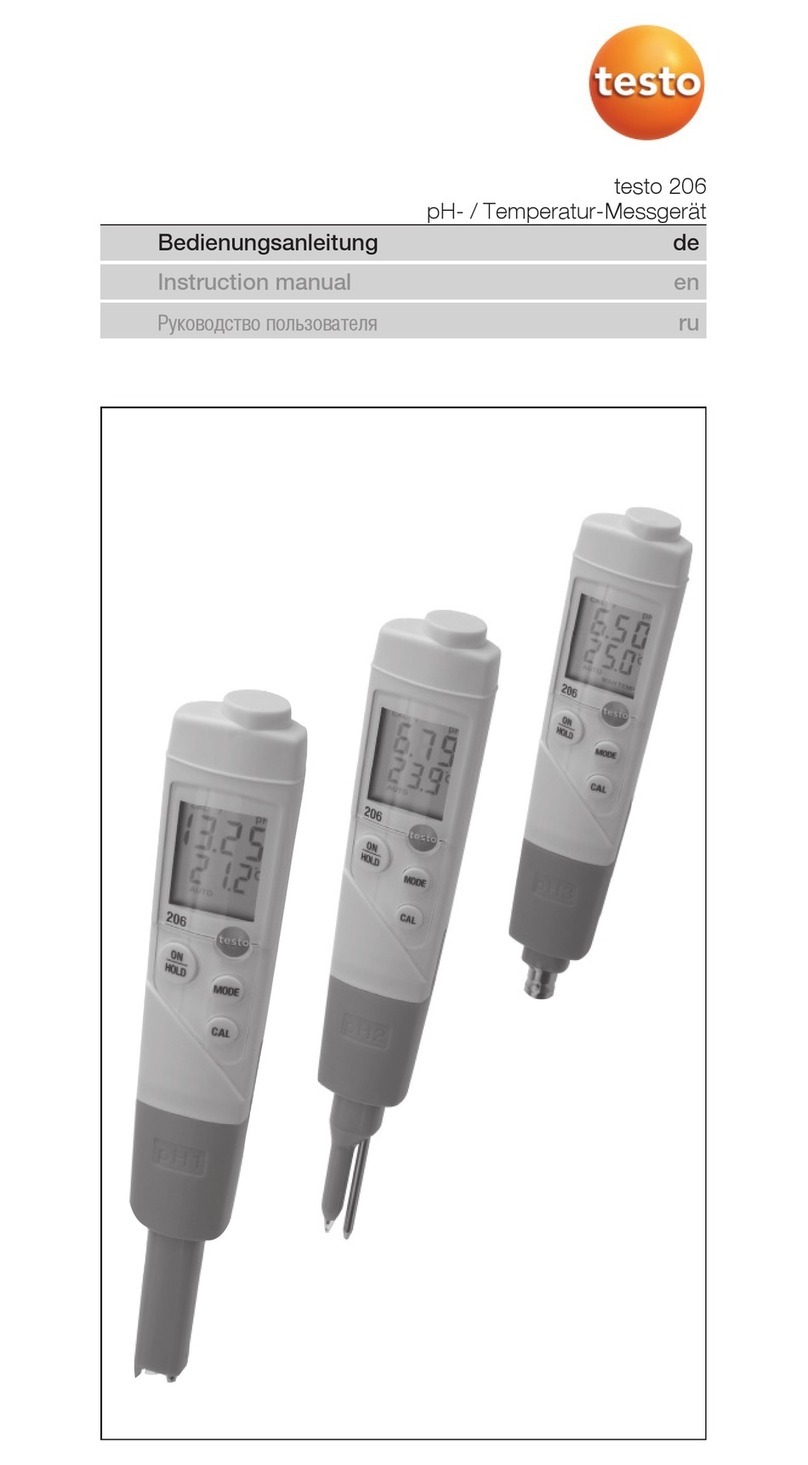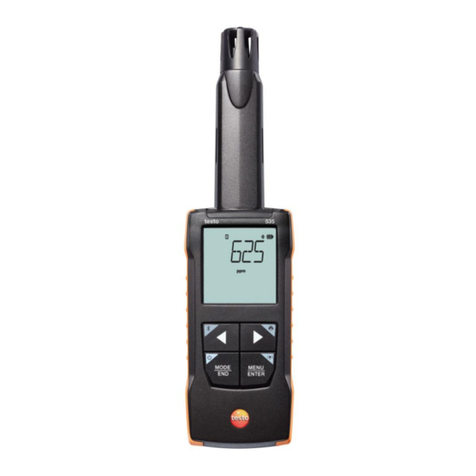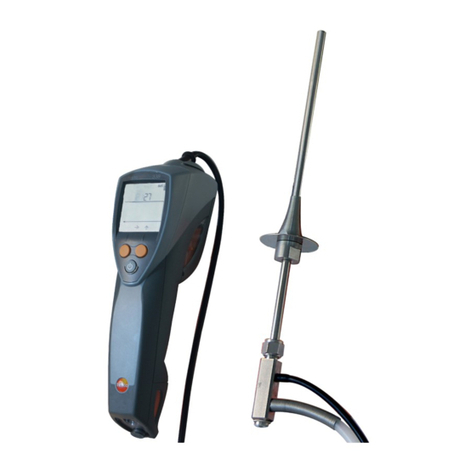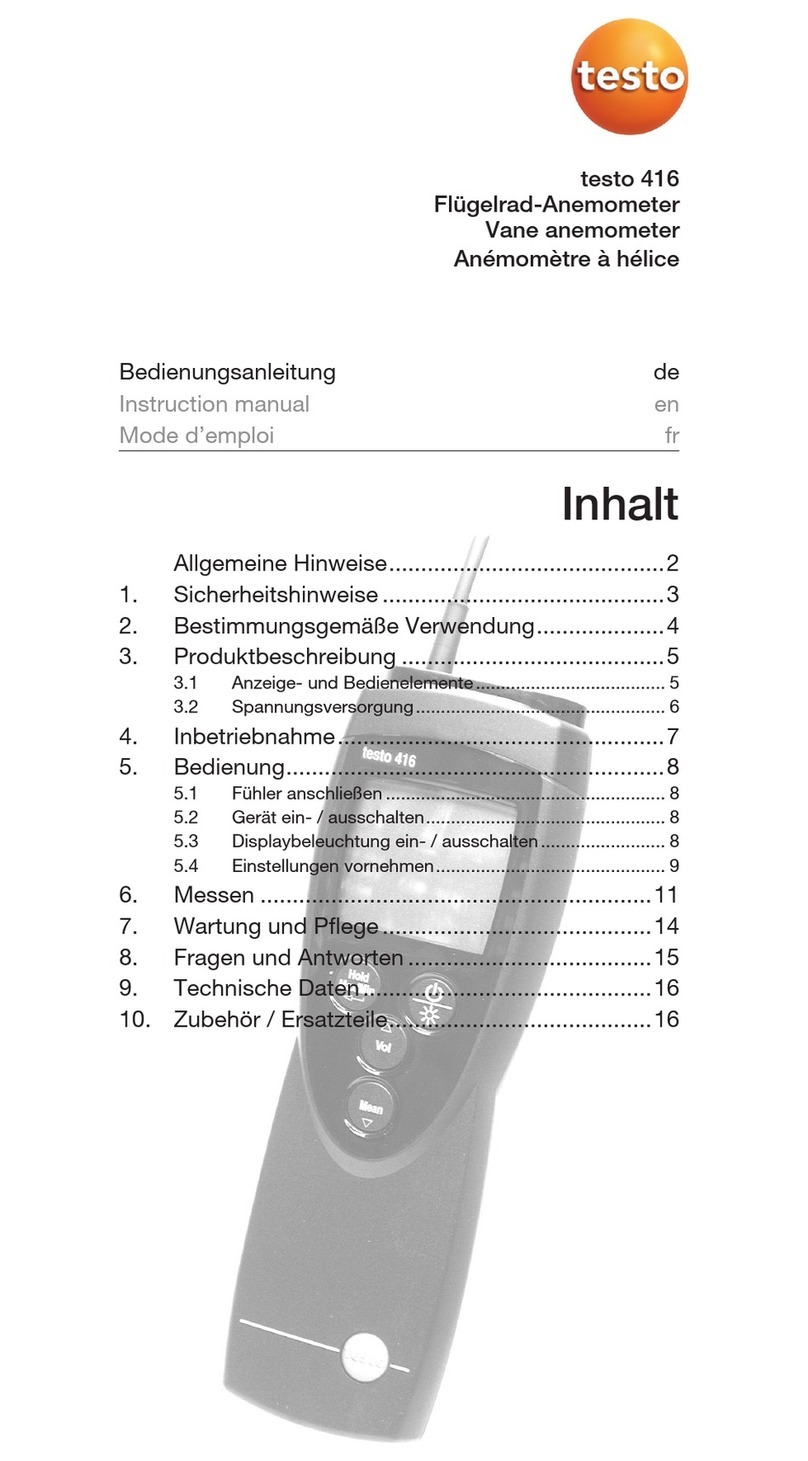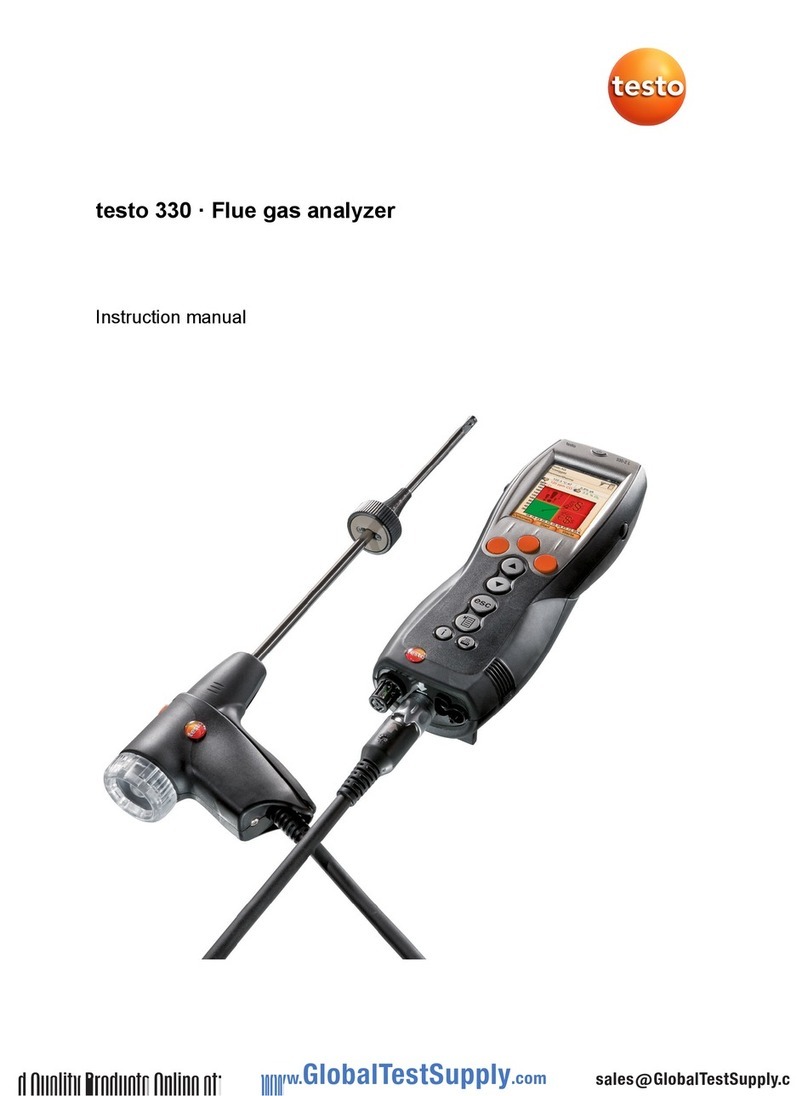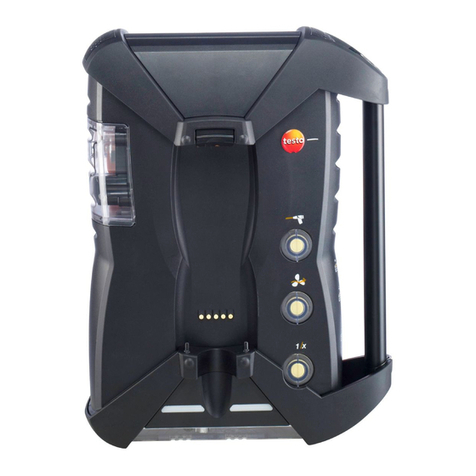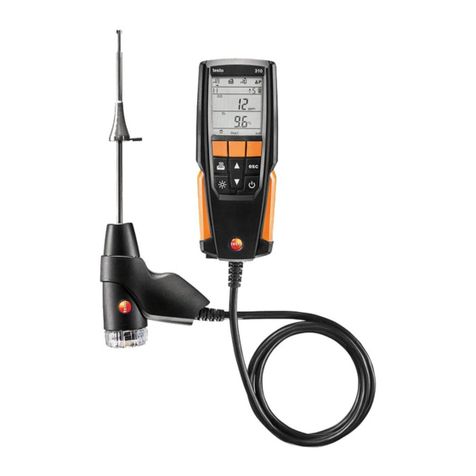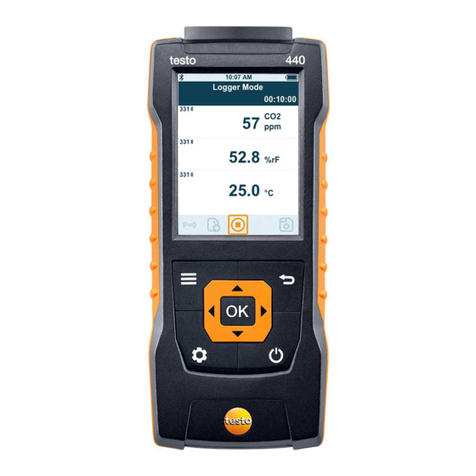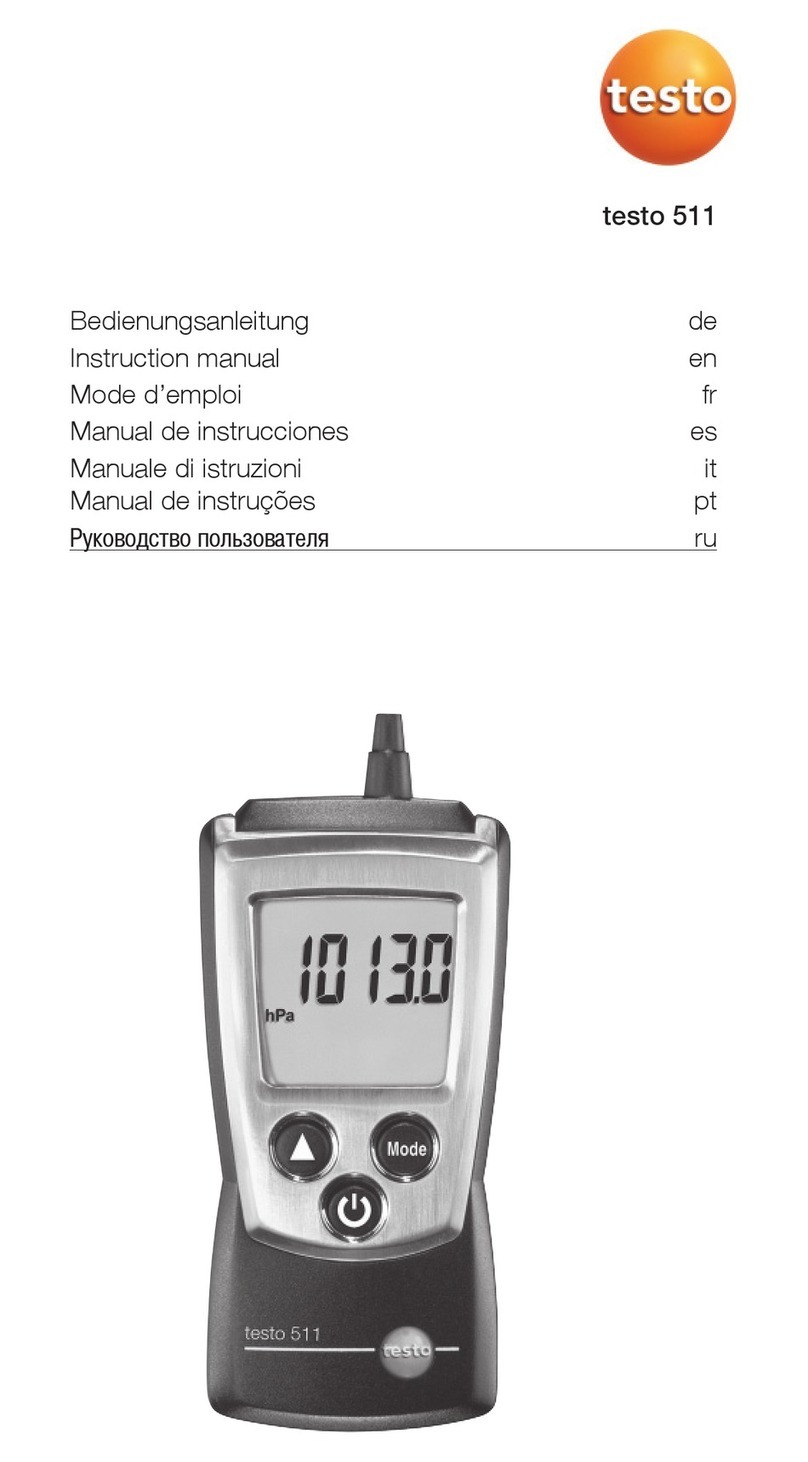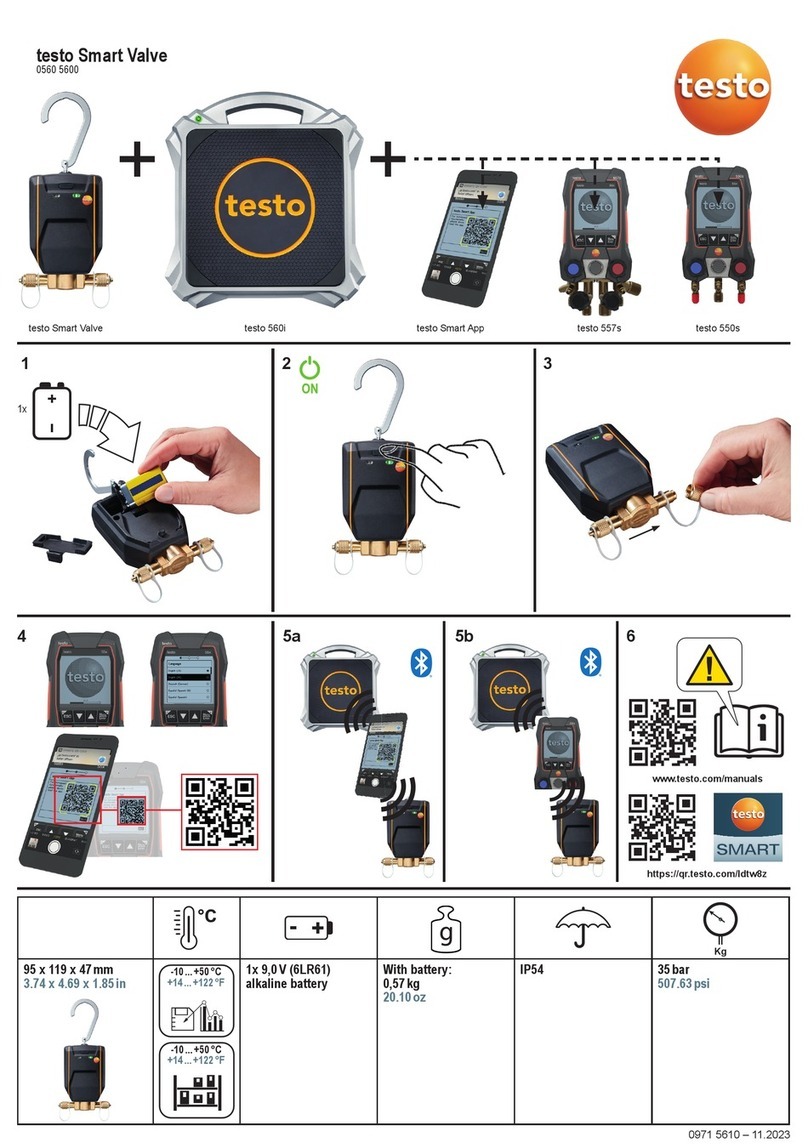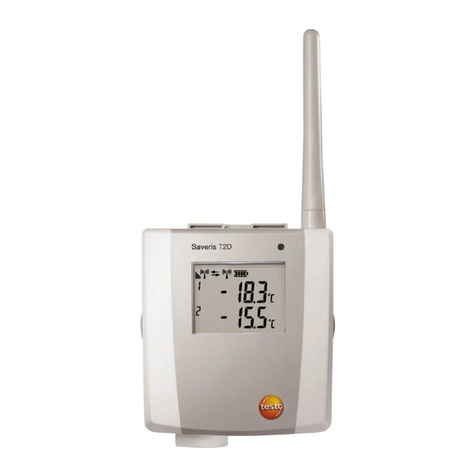1 Contents
4
5.4. Measurement records ................................................................... 29
5.5. Instrument diagnosis..................................................................... 30
6Using the product ................................................................................. 31
6.1. Performing settings ....................................................................... 31
6.1.1. Assigning the right function key ..................................................................... 31
6.1.2. Instrument settings ........................................................................................ 31
6.1.2.1. Units................................................................................................ 31
6.1.2.2. Date/Time........................................................................................ 32
6.1.2.3. Energy management ....................................................................... 32
6.1.2.4. Display brightness ........................................................................... 32
6.1.2.5. Printer ............................................................................................. 32
6.1.2.6. Bluetooth®....................................................................................... 33
6.1.2.7. Automatic measuring rate................................................................ 33
6.1.2.8. Inspector ......................................................................................... 34
6.1.2.9. Language ........................................................................................ 34
6.1.2.10. Country version ............................................................................... 35
6.1.2.11. Password protection........................................................................ 35
6.1.3. Gas type ........................................................................................................36
6.2. Measuring ..................................................................................... 37
6.2.1. Preparing for measurement ........................................................................... 37
6.2.2. Options menu ................................................................................................ 38
6.2.3. Pipe volume................................................................................................... 39
6.2.4. Gas pipe (TRGI 2008) ................................................................................... 40
6.2.4.1. Pretest............................................................................................. 41
6.2.4.2. Main test.......................................................................................... 43
6.2.4.3. Leakage test (leakage measurement) ............................................. 44
6.2.4.4. Combined pretest/main test............................................................. 47
6.2.4.5. Caravan Check................................................................................ 48
6.2.5. Liquid gas (DVGW TRF 2012) ....................................................................... 50
6.2.5.1. Pressure test ................................................................................... 51
6.2.5.2. Main test.......................................................................................... 52
6.2.5.3. Repeated testing (PS>0.5 bar / PS<=0.5 bar) ................................. 53
6.2.5.4. Carrying out repeated testing PS <0.5 bar....................................... 55
6.2.6. Drinking water (ZVSHK sheet as per DIN EN 806-4) ..................................... 56
6.2.6.1. Testing with air – main test.............................................................. 57
6.2.6.2. Testing with air – pretest ................................................................. 58
6.2.6.3. Test with water ................................................................................ 60
6.2.7. Waste water (DIN EN 1610) with air .............................................................. 62
6.2.8. Programs....................................................................................................... 63
6.2.8.1. Spot measurement .......................................................................... 63
6.2.8.2. Programs 2-5 .................................................................................. 65
6.2.9. Controller test ................................................................................................ 68
6.2.9.1. Static pressure ................................................................................ 69
6.2.9.2. Flow pressure.................................................................................. 70
6.2.9.3. SAV_triggering pressure ................................................................. 71
6.2.9.4. SRV triggering pressure .................................................................. 72
6.3. Transferring data........................................................................... 73
6.3.1. Record printer................................................................................................ 73
6.3.2. PC/pocket PC................................................................................................ 73
6.3.3. Data transfer to IrDA record printer................................................................ 73
